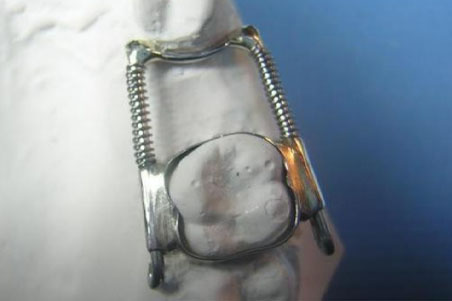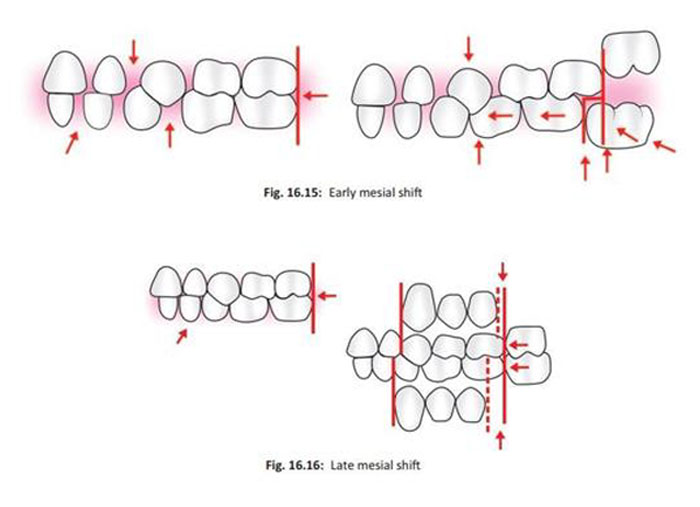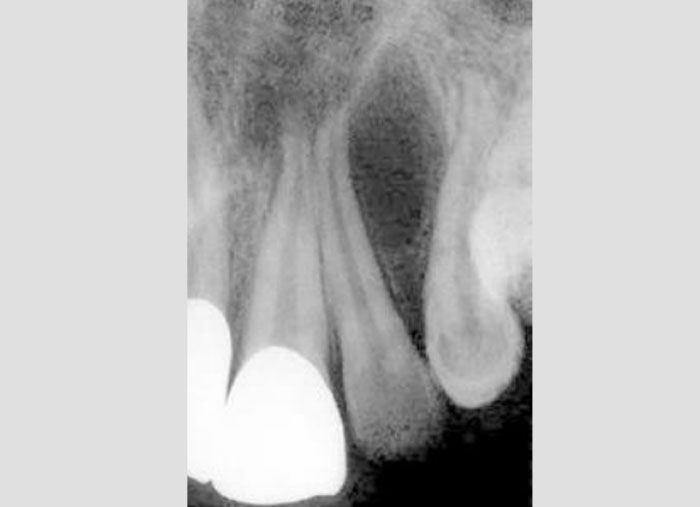- NEED HELP? CALL US NOW
- +919995411505
- [email protected]
Dens Evaginatus
- Leong ’ s premolar
- Dens evaginatus is the result of an outpouching of the enamel organ. The resultant enamel-covered tubercle usually occurs in or near the middle of the occlusal surface of a premolar or occasionally a molar.
- Lateral incisors are most commonly involved, whereas canines are rarely affected.
- The frequency of occurrence of dens evaginatus is highest in Asians and Native Americans.
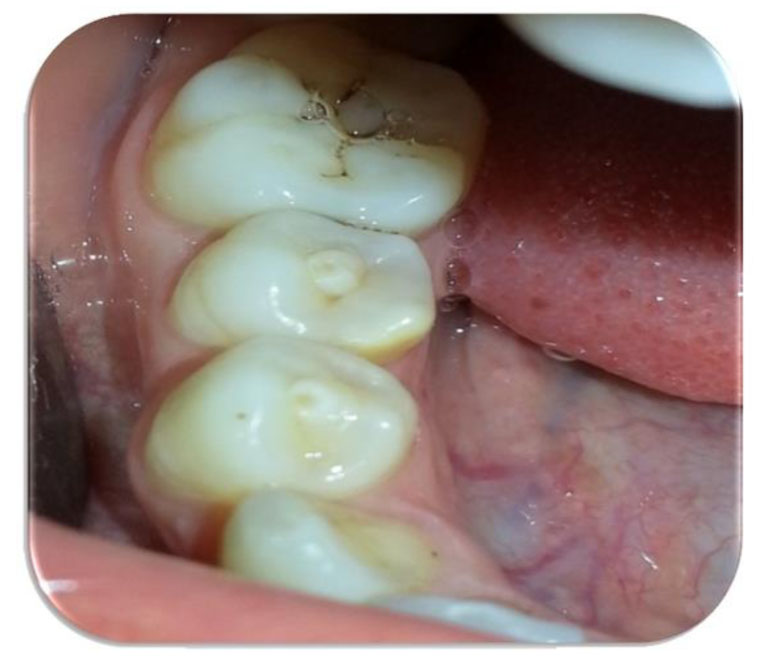
Clinical Features
- Clinically, dens evaginatus appears as a tubercle of enamel on the occlusal surface of the affected tooth.
- A hard, polyplike protuberance predominantly exists in the central groove or lingual ridge of a buccal cusp of posterior teeth and in the cingulum fossa of anterior teeth.
- Dens evaginatus may occur bilaterally and usually in the mandible.
- The tubercle often has a dentin core, and a very slender pulp horn frequently extends into the evagination.
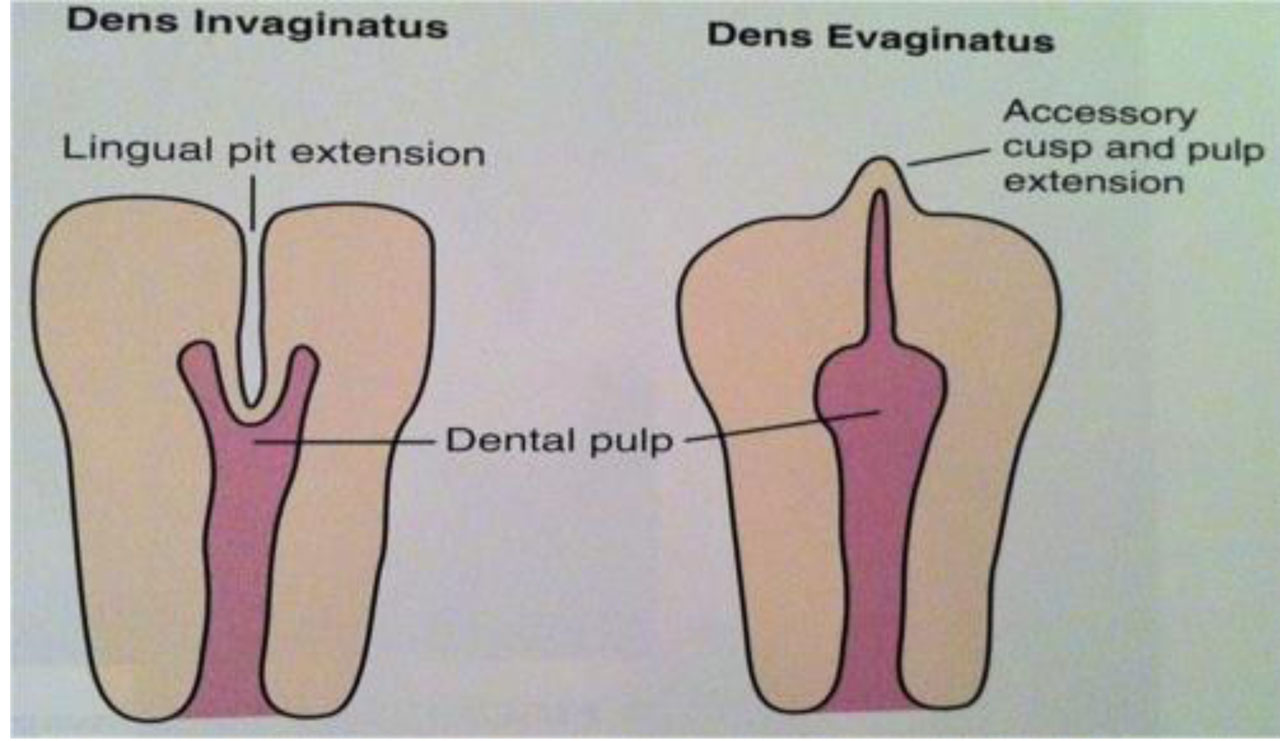
- After the tubercle is worn down by the opposing teeth, it appears as a small circular facet with a small black pit in the center.
- Wear, fracture, or indiscriminate surgical removal of this tubercle may precipitate a pulpal infection because of the exposure of the pulp horn.
- In rare cases a microscopic direct communication may occur between the pulp and the oral cavity through this tubercle. In these instances the pulp may become infected shortly after eruption.
Radiographic Features
- The radiographic image shows an extension of a dentin tubercle on the occlusal surface unless the tubercle is already worn down.
- The dentin core is usually covered with opaque enamel.
- A fine pulp horn may extend into the tubercle, but this may not be visible radiographically.
- If the tubercle has been worn to the point of pulpal exposure or has fractured, pulpal necrosis may result.
- This is indicated by an open apical foramen and periapical radiolucency.
- Multiple root formation is often associated with dens evaginatus, especially in mandibular premolars.
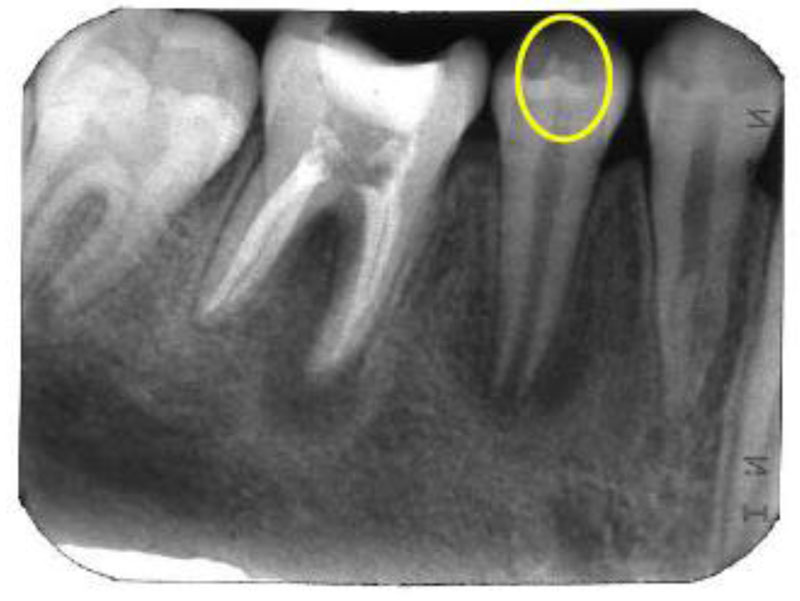
Management
- If the tubercle causes any occlusal interference or shows evidence of marked abrasion, it should probably be removed under aseptic conditions and the pulp capped, if necessary.
- Such a precaution may preclude pulpal exposure and infection as the result of accidental fracture or advanced abrasion.


